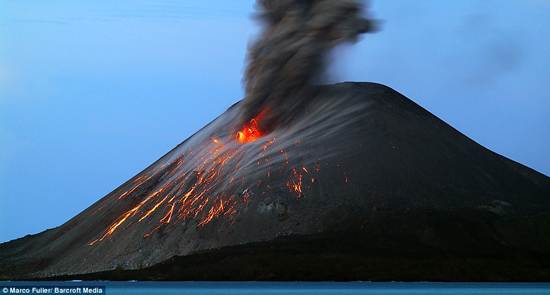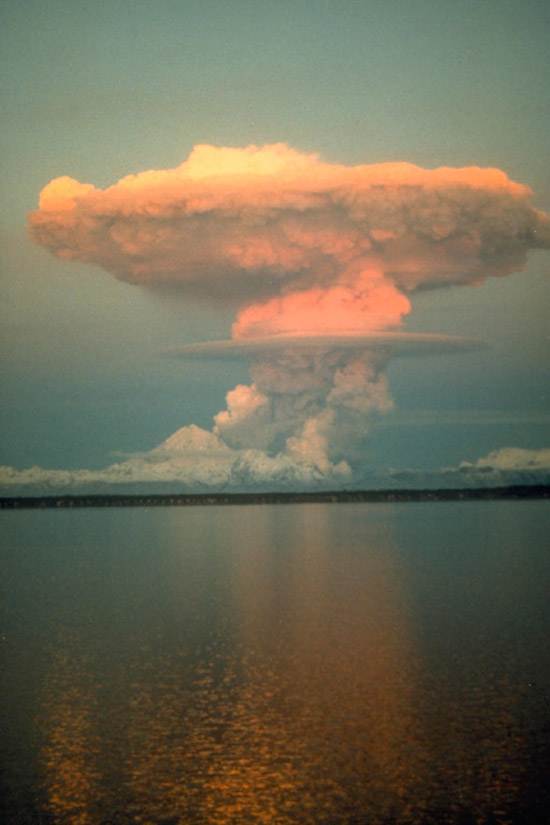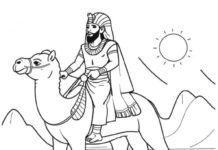There are many volcanoes around the world, are tourist attractions that worth a visit, they in general help us to understand and appreciate the awesome power of nature. Volcano tourism has grown in popularity but it seems that although Krakatoa is one of the world’s most famous volcanoes it is not on the list. Come and see why.
Krakatoa is a volcanic island made of a lava, Indonesian Krakatau. This name is used to identify a whole group of Islands. Including the Krakatau Volcano as whole, which is on Rakata Island in the Sunda Strait between Java and Sumatra, Indonesia. Krakatoa, was located near a region where the Indo-Australian plate subducts under the Eurasian tectonic plate a zone of high volcanic and seismic activity. Krakatoa is one of the most catastrophic volcanic explosions in the history of the world occurred at Krakatoa in the last century( in May, 1883). A series of massive explosion, and eruptions commenced which continued from May, 1883 until August 27, 1883, when a cataclysmic explosion blew the island apart, the eruption destroyed two-thirds of the island of Krakatoa, killing approximately 40,000 people. Near Krakatoa, 165 villages and towns were destroyed and 132 seriously damaged, this eruption ,was the 2nd largest in Indonesia during historical time.
The 1883 volcanic eruption of Krakatau Indonesia ejected over twenty-five cubic kilometers of ash, pumice, and rock, and generation of the loudest sound ever heard .Being heard nearly 3,000 miles from its point of origin. Shocking waves from the explosion was recorded on barographs around the globe. Before the explosion, this isle had three volcanic cones, two of which are considered to be twin volcanoes, though these two (Perbuwatan and Danan volcanoes) were destroyed by the 1883 eruption. The first historical major eruption occurred in the pre historical period (416 AD) as documented in the ancient Javanese book “Pustaka Raja”. The height of ancient Krakatau was estimated 2,000 meters and radius of 9 kms. The volcano eruptions have built a new island in the same location after resting for forty-four years, on December 1927, named Anak Krakatau (which is Indonesian for “Child of Krakatoa”). This new island has reached approx 200 m above sea level with the diameter of 2 kilometres. Within this area is the UNESCO World Heritage site, the Ujung Kulon National Park. The park is home to many flora and fauna. 57 species of flora found in the park are considered to be rare. Krakatoa Island is currently among three destination in Indonesia that has been qualified in the New 7 Wonders of Nature campaign held by the New 7 Wonders Foundation (two other candidates is Lake Toba and and Komodo National Park).













































